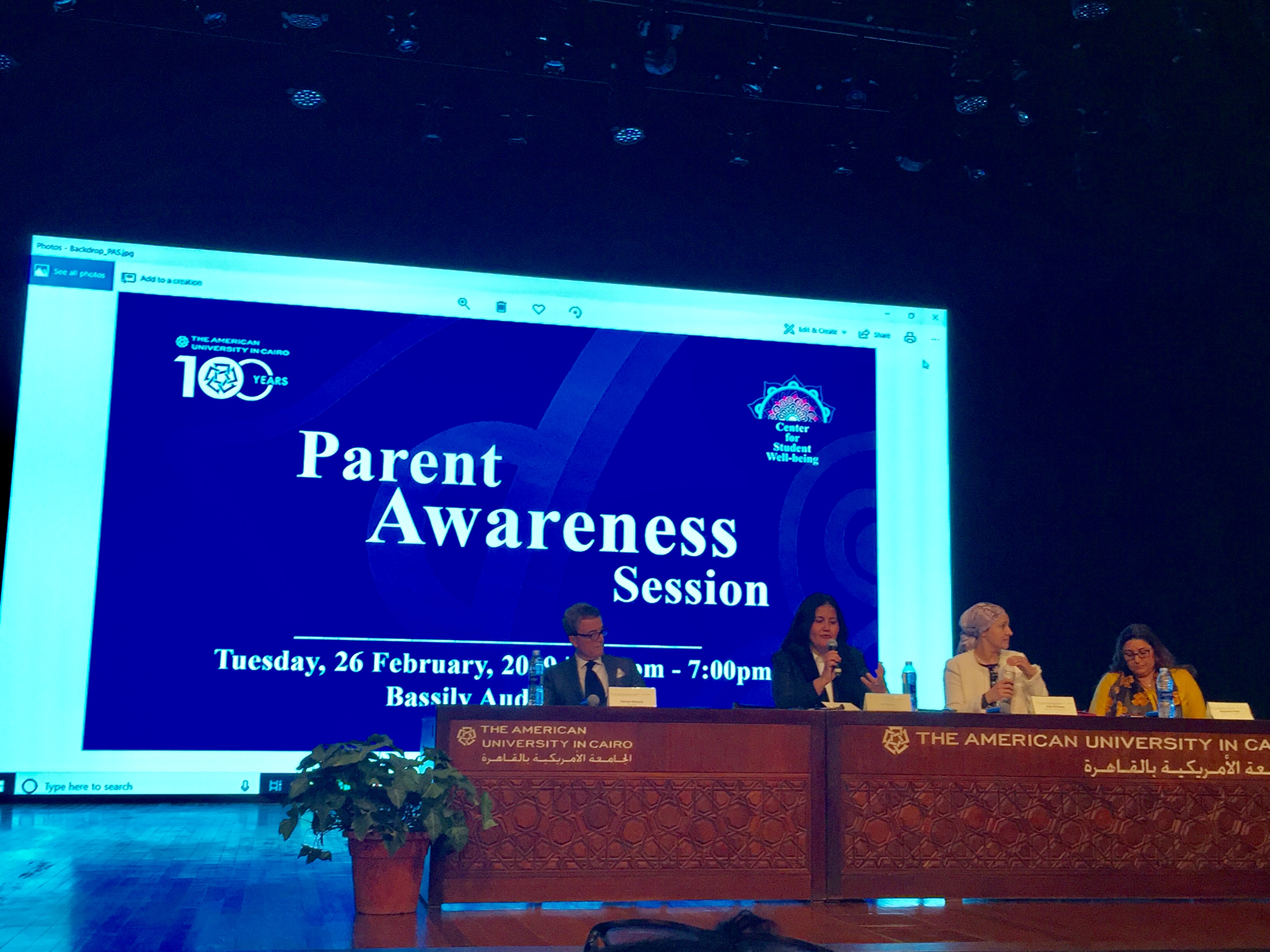Understanding Palestinian Resistance
Overnight, the Palestinian cause resurfaced in our collective minds, but experts weigh in on the roots and future of resistance.
Edited by: Zeina Hanafy
Photo Taken By: Omar Abozeid
“Resistance is a continuous endeavor. Every price you pay in resistance, if you don’t reap the results in your lifetime, you will afterward.” These are the words of Bassel Al-Araj, a Palestinian activist, writer, and author.
Al-Araj was killed on March 6, 2017, by an armed force affiliated with the Israeli occupation after a long gunfight broke out as they attempted to raid the house he was hiding in.
The words of Al-Araj act as inspiration for many Palestinians to get their lands back. Since the year of Al-Nakba, 1948, Palestinians have been losing huge parts of their deserved lands, and hence, resistance became a necessity, not a choice, for many of those who believe in liberation.
According to the Institute for Palestinian Studies, detailed reviews have emerged in the last two decades to reconsider the basic concepts and determinants of the ongoing occupation. Following the Oslo Aِِِccords in 1993, the meaning of resistance and liberation went through radical changes. These Accords were a set of agreements between the Palestinian Liberation Organization (PLO) and the Israeli occupation aiming for a peaceful, two-state solution.
The agreement entailed that the PLO recognized Israel’s right to exist and renounced terrorism, while a Palestinian Authority would be formulated to govern parts of the West Bank and the Gaza Strip. The agreement was met with mixed reactions from both sides, with many Palestinians opposing it. It has been widely accepted since then that the Oslo agreement has largely failed.
The institute suggests that a new understanding of resistance came as a reaction to the Oslo agreements and their implications, which limited the Palestinian efforts of resistance and their goal of liberation.
Resistance efforts led to the establishment of two of the most dominant movements in Palestine right now; Fatah and Hamas. Both movements aim for liberation from the Israeli occupation, but they chose completely different means to achieve this liberation.
While Fath’s ideology is now based on a peaceful two-state solution, Hamas only believes in armed resistance as a way to liberate Palestine from occupation from the river to the sea. Hamas took control of Gaza in 2007 after winning the 2006 Palestinian legislative elections and after a conflict with Fatah over government formulation. Fatah now controls areas in the West Bank.
According to the latest Washington Institute poll conducted in July 2023, overall, 57 percent of Gazans express at least a somewhat positive opinion of Hamas, while the percentage falls to 52 percent in the West Bank but 64 percent in East Jerusalem. The poll showed that 62 percent supported Hamas maintaining a ceasefire with Israel.
The Caravan interviewed Ali Abu Baker, who was a member of the Fatah movement until the Oslo Accords started. Abu Baker sees Hamas as a resistance movement that represents all sectors of the Palestinian community and unites them towards a bigger goal.
“Israel occupies our land, kills our people, and arrests them. They destroy our homes, cut down trees, devour the land, and build settlements, with the encouragement, support, and protection of America and the Western world,” said Abu Baker.
Gaza’s people have proved their resilience and strength against atrocities done to civilians in the past months, and that, he believes, brought the Palestinian cause to the forefront once more and revived it.
“Even if the West is supporting the occupation financially and militarily, Gaza proved to the whole world that they will never give up,” said Abu Baker.
Mouannes Hojairi, an assistant professor of History at AUC, explained that while analyzing the current resistance movement, it is important to search for a turning point. The current situation in Gaza and elsewhere in Palestine is different, but experts can not predict if what is happening has a positive long-term consequence, especially for the people of Gaza.
“It has been almost two decades of a whole split between Gaza and the West Bank, so what will be the consequences? Especially since we do not have a clear picture of what is happening in the West Bank now,” Hojairi added.
According to Hojairi, the separation between Gaza and the West Bank should have ended a long time ago, yet it is unclear whether the current events will end this separation enabling Palestinians to coordinate their efforts.
To understand the effect of the current events on the Palestinian liberation movement, Hojairi suggests that both international and regional support are key factors in this process.
“We see a new generation of Palestinian and pro-Palestinian activists, whether in the Arab region, the diaspora, or internationally. This can be a new phase of the struggle that will lead to a different result; however, it is still early to know where this is heading,” Hojairi adds.



